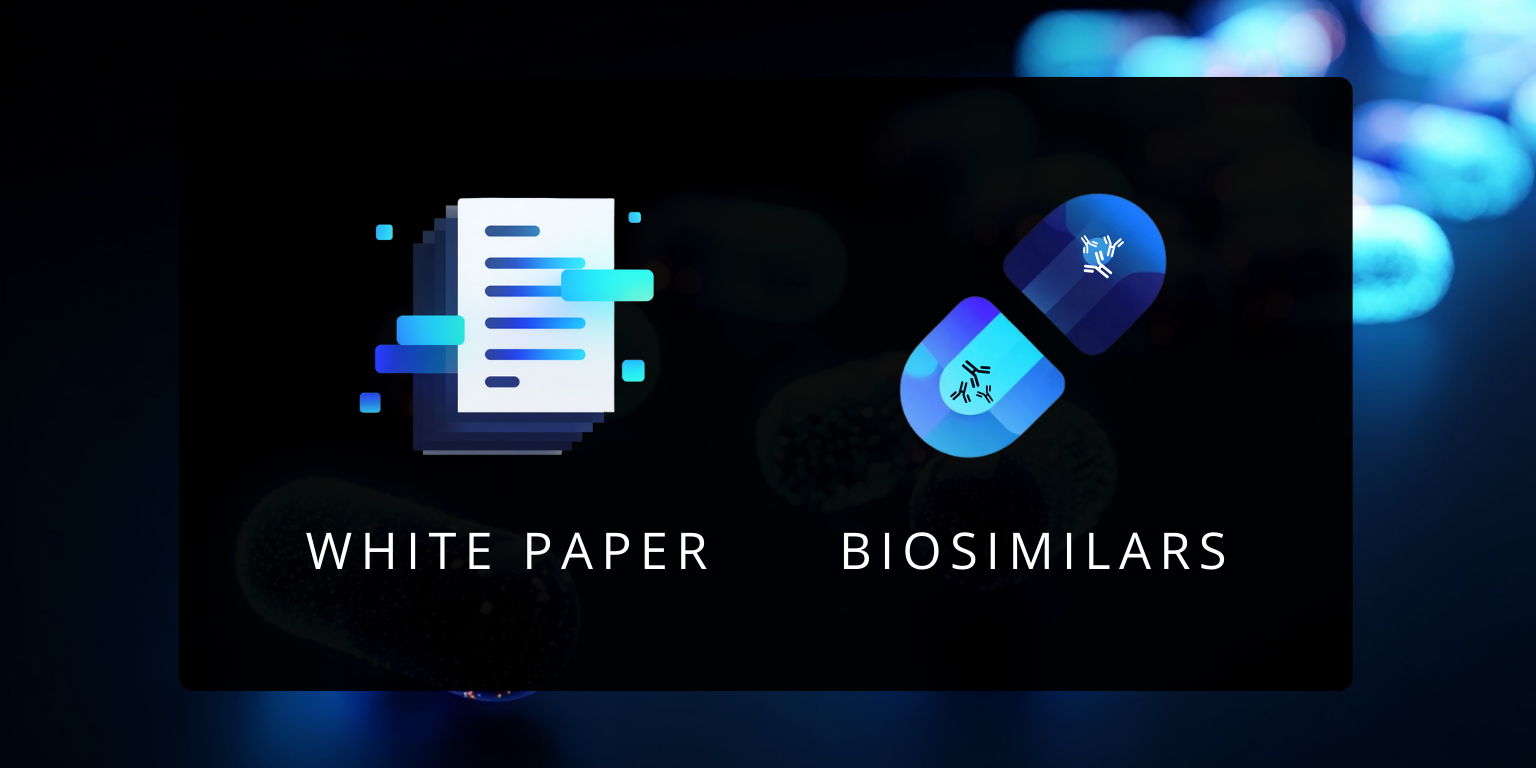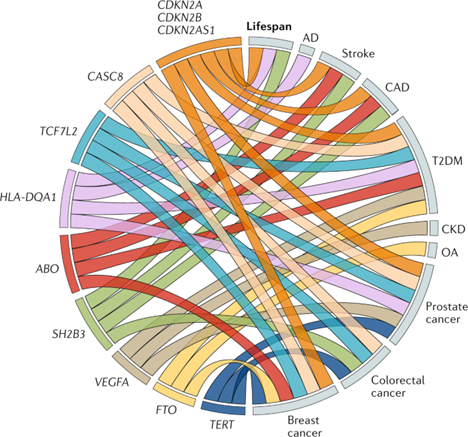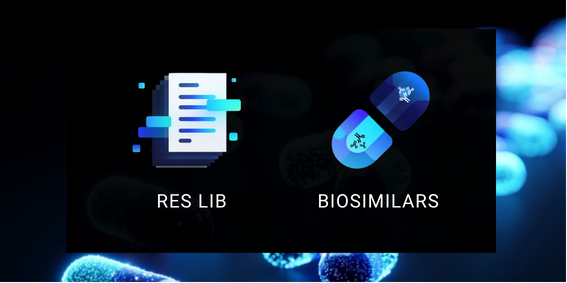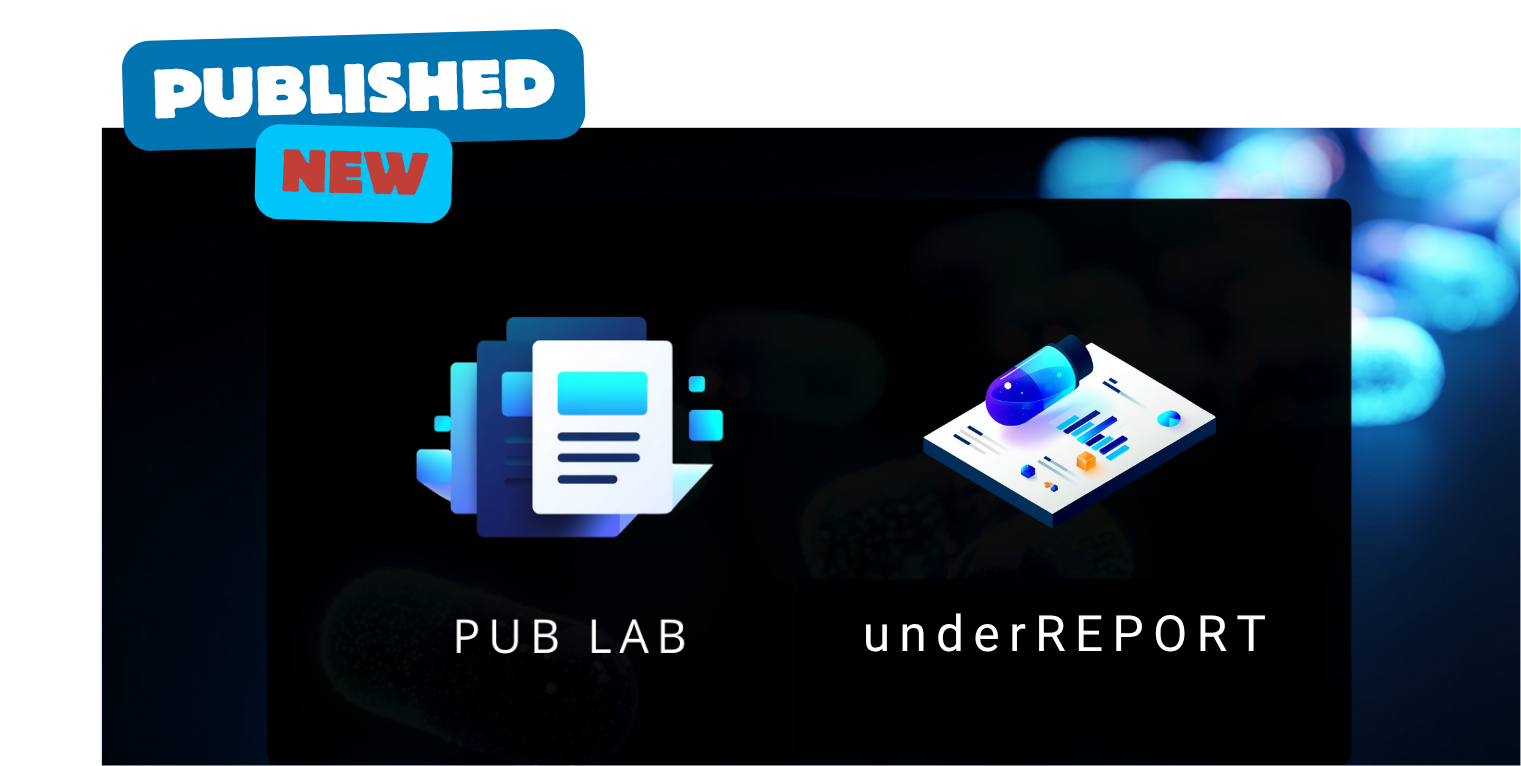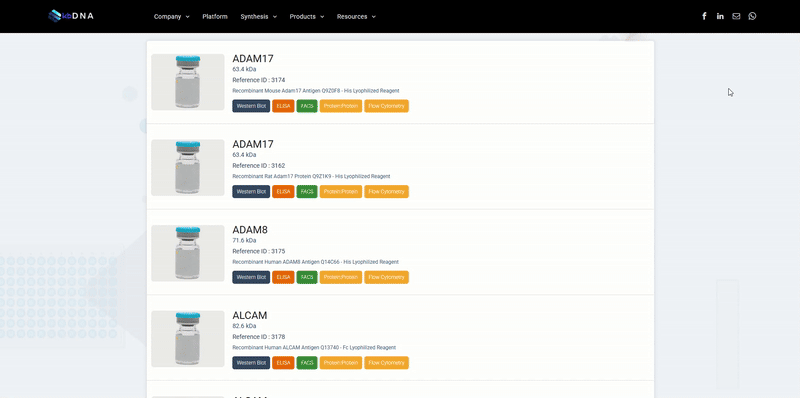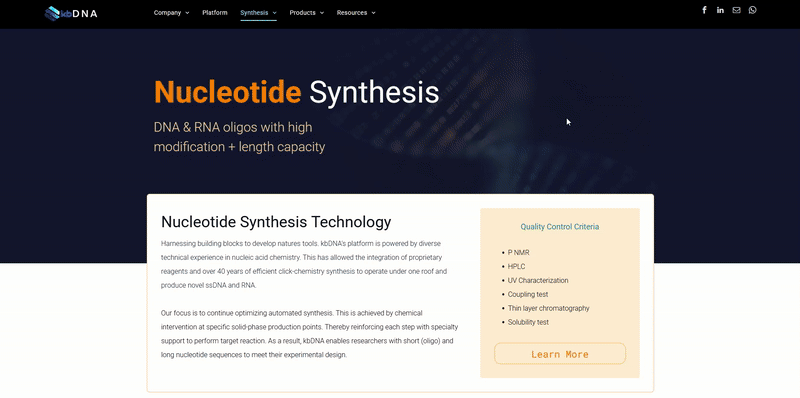Is it Time for COVID to Start Sharing the Spotlight?

A case for the unsung research achievements made during the pandemic.
Introduction
The events of the recent pandemic will stay with us forever, but it might be time for us to start paying more attention to what else has been going on in the world. It is tough to compete with the appeal of the COVID controversy, and for most news outlets, reader behavior decides what gets prioritized. This can be especially challenging for biotechnology and life science organizations considering the industry’s role in the pandemic response. In fact, a significant number of those organizations continued their non-COVID research during the crisis. Yet, the focus stays fixed on COVID19 at any cost. In turn, diluting the attention to the rest of the industry.Introduction
In the past 14 months, our team has been fortunate to work with various laboratory groups engaged in fascinating research unrelated to COVID. Many of these groups have made significant progress during the pandemic. Sadly, their major press releases could not compete with the number one globally trending topic.
In this article, we will outline key (life science) research advancements during the pandemic alongside our industry insight to support the case for increasing focus on compelling non-COVID research.
The Diagnostics Race
Armed with new data for improving biomarker specificity, kit sensitivity and production; diagnostics teams can begin applying this knowledge toward new platforms and other indications beyond SARS-CoV-2.
Before straying too far from the topic of COVID, it is worth recognizing its stimulatory effect on the R&D of certain industries. One such industry is that of diagnostics. If it felt like all your supplier websites suddenly became catalogs for SARS-CoV-2 primers and spike protein the past year, you are not alone. Kit developers were off to the races and nothing gets things started quicker than next day delivery research-use-only (RUO) reagents. Bringing with it a unique demand, the competition to build a screening assay to fast-track into market was an opportunity for both the Davids and Goliaths. While larger players such as PerkinElmer and Abbott Laboratories saw a way to expand their ready platforms, many smaller and emerging biotech’s differentiated by repurposing principal technology into optimizations. This led to more comprehensive and more rapid tests from many companies including Excelsior Diagnostic’s, GenMark, Hologic, etc.
Enhancing biomarker detection
Regardless of size or market position, all diagnostic companies relied on innovation to meet the novel challenges of COVID19. This dynamic is turning out to be much more favorable in the long term. Throughout all the hyper-research, the industry pumped out more editorials and optimizing protocols than before. Additionally, this information mostly related to the underlying principles of detection technology and manufacturing. Armed with new data for improving biomarker specificity, kit sensitivity and production; diagnostics teams can begin applying this knowledge toward new platforms and other indications beyond SARS-CoV-2.
The revival of neuroscience
One notable field that can greatly benefit from all of the aforementioned optimizations is Neuroscience. While attitudes toward neurobiology and neurodegeneration tend to be discouraging, it is hard not to get excited about some of the movements in neuro medicine. Sensory medicine took a big step forward in 2020 with the collaboration between Blueprint Medicines and Akouos to pioneer their resonate program’s genetic testing for auditory neuropathy.
Following the exodus of Alzheimer’s candidates a few years back, returning to the drawing board may have been beneficial for the researchers. Credit to material science, labs now have the advantage of using more advanced research molecules to support versatile characterization methods which can work against post-translational modifications and varying neurochemical conditions. In other words, the molecules in the brain are challenging to produce as reagents- and even more challenging to study. Tools like cell-free protein synthesis and bioinformatics are changing that. This was demonstrated during the pandemic as these tools were leveraged to support significant research discoveries with ALS biomarker detection.
Strides in Novel Therapeutics
Here is where things get a bit tricky. There is a lot of exciting stuff going on with therapeutics, making it a challenge to choose what information to leave out. Because therapeutics is a relatively sensitive market, the discussion will focus more on the science and research than names and examples.
Here are the two novel highlights worthy of attention in therapeutic medicine:
Melzer, D., Pilling, L.C. & Ferrucci, L. The genetics of human ageing.
Nat Rev Genet 21, 88–101 (2020). https://doi.org/10.1038/s41576-019-0183-6
Epigenetics
One of the most appealing fields of study, Epigenetics used the year to lay more bricks into its foundation. In addition to the original inhibitor and biologic, epigenetics was introduced to the degrader approach following published success in metabolomics. Meanwhile, the mechanism of RNA targeting enzyme modifications broke ground with the first epigenetics candidate selected for cancer treatment (STORM Therapeutics, UK). Great promise for epigenetics oncology continued with the spin-out from academia introducing a unique biotech utilizing microRNA to simultaneously suppress multiple oncogenic pathways
Immunology
Things have not been the same for immunology since recent breakthroughs with immune checkpoints targets such as PD1 and CTLA4. The field and its modestly sized immunologist community are scattered among laboratories who are researching one of a few specialties with passion. Meanwhile, the science has become a standard throughout all areas of discovery. This has occurred most notably in the form of assays or immunoassays, characterizing antibodies, cytokines, and other immune-related pathway molecules, etc. This has helped drive the natural curve of innovation with laboratory reagents and instrumentation. For example, at kbDNA - we rely on these same reagents to develop our products. Mostly as recombinant proteins/antibodies to run quality control and guide product optimization. We experienced how immune-related molecules played a role in all disciplines. These molecules are complicated and some of their structures are impossible to research without constant innovation. That is why we’ve separated immunology proteins into their own recombinant library, making them part of our material science and R&D process.
Immunology may be applicable in all areas, but the relationship is particularly unique with certain disease areas. This was also expressed in trends of recent researchs
Multiple Sclerosis
If you are familiar with the history of multiple sclerosis research, you’d understand the frustration with characterizing this indication. However, in the past year significant discoveries have surfaced with how the disease links to the gut microbiome. This is a big deal, as two distant scientists arrive at this in the same year, and the basis of the discovery relates to the study of inflammation-which happens to be a booming topic right now in immunology. To keep it general; we should assume that Interleukins will be coming up more in conversation in the near future (particularly IL-17 & IL-6)
TALON
The icing on the cake for AI was Merck’s acquisition of an emerging biotech called Pandion Therapeutics. Since CRISPR did nearly as well in the news as COVID this past year, people forgot there was another gene-editing tool named TALON that seemed to work well. Pandion was one of few adopters that stayed consistent with the method and from a commercial standpoint, there is humor in the TALON vs. CRISPR rivalry. Even now, after CRISPR has dominated the attention for years, a 2020 comparison study further suggests that TALEN outperforms Cas9 in key target editing(heterochromatin target sites). The irony continues.
Disruptive Proteomics
Degradation; as a mechanism, offers desirable advantages that can rival conventional inhibition.
In mid-December, Google announced a breakthrough in its machine learning program, DeepMind. There are rare moments where conglomerates outside the industry can captivate us in our own disciplines and when they do, the response is always mixed. DeepMind’s ability to match >90% conformity of a molecule’s structure was undeniably impressive. However, what was more impressive was how much more exposure it provided to the role of computer science in proteomics. The value of proteomics is not new, but the standardization of protein bioinformatics is. Along with expanding the analytical toolbox, software is proving just as crucial for new clinical methods. We recently saw the advancement of one of these game changing methods and the discovery of another. continued with the spin-out from academia introducing a unique biotech utilizing microRNA to simultaneously suppress multiple oncogenic pathways
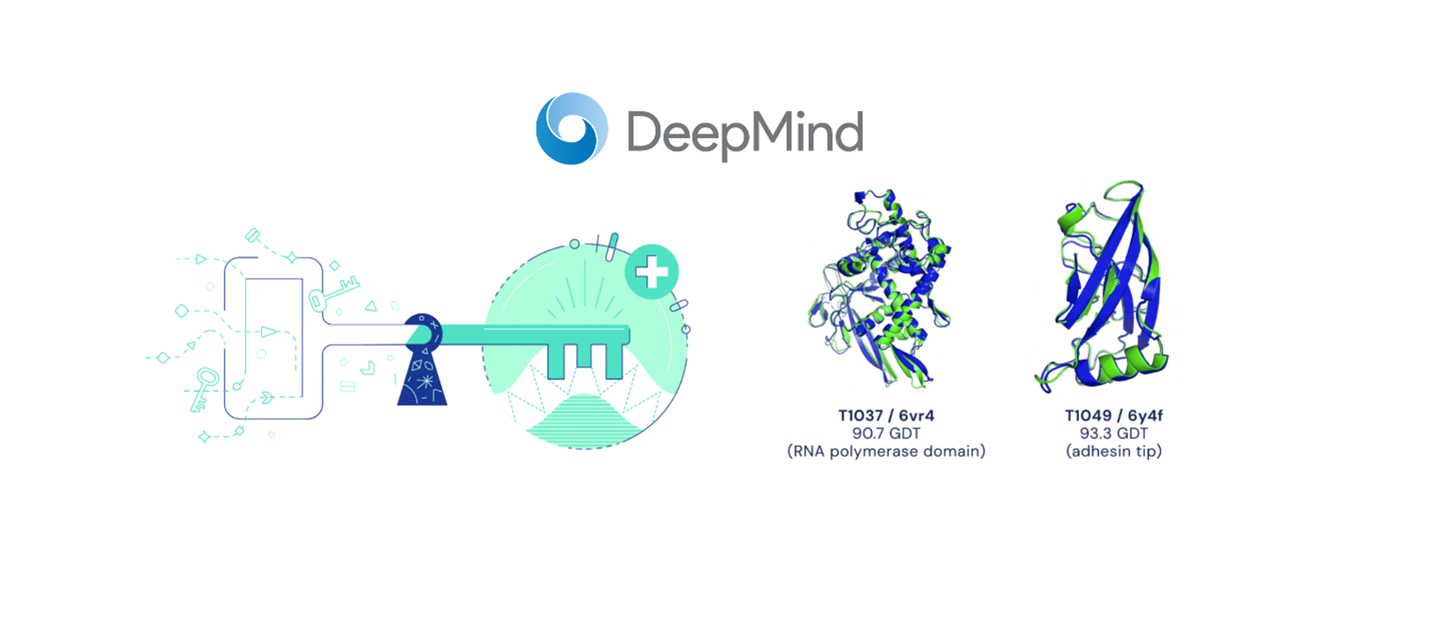
Protein Patches
Cell signaling continues to be a challenge for biologists. Given the transient nature of the process (through endocytosis), the efficiency of therapies or monoclonal antibodies targeting signaling receptors is significantly reduced. To overcome this, researchers recently designed a self-assembling technology. This involves 2+ protein components to scaffold into flat patches for engineering signaling molecules. The technology is coined “protein patches”. Recognized as degronLOCKR, the approach shows potential for immunotherapy solutions along with greater capabilities off of which we can build. Designing proteins around cells opens new doors for a wide range of applications.
Protein Degraders
2020 was a big year for protein degradation. Pioneers of the degrader approach went beyond proof-of-concept by solving key scientific problems involving the ubiquitin challenges and ligase chemistry. The role of proteomics teams has proven essential in developing the science into disruptive platforms. In turn, the case for therapeutic degraders as a competitive front runner for drugging the undruggable grows stronger. With new candidates announced during the pandemic, these platforms show great promise for downstream diversification of their pipelines. It is worth considering the general principles that make degrader drugs special in potential. Degradation; as a mechanism, offers desirable advantages that can rival conventional inhibition. With a plethora of inhibitor drugs currently on the market, the fundamental question is “how far can the technology go? “-We won’t know for sure until more formulations/compounds are clinically tested. However, it is not every day that medical research sees a principal mechanism with broad range potential. That alone makes it worth keeping an eye on the protein degradation market.
RNA Continues to Interfere

mRNA
The world was officially (re)introduced to RNA last year. More specifically mRNA, as it became synonymous with the COVID19 vaccine. However, RNA’s fame was not limited to just COVID during the pandemic. Nucleic acid chemistry accelerated in a variety of different areas with RNA technology. Some areas, very unexpectedly, included the manufacturing sector. mRNA serves an underrated role in the innovation of cell free expression, an in-vivo protein synthesis system to produce research recombinant proteins. We witnessed the technology raise the stakes with the addition of over 100 new challenging, multi-dimer proteins to the catalog along with their application in a new bead array. The array holds ~20,000 human full-length proteins and can be used for studying protein-protein interactions such as binding specificity.
RNAi
The year of the pandemic was business as usual for the antisense market. As the technology continued to grow its presence in different disease areas, so did the list of antisense oligonucleotides (ASO) acronyms. As of May 2020, two siRNAs have received FDA approval: Patisiran and Givosiran. Both of those drugs are considered precision duplex silencers which come with significant design benefits in terms of reducing passenger strand activity and/or improved potency. Separate from that, data was published for the first in-human clinical trial for an saRNA(small activating RNA ) upregulating therapy in late-stage liver cancer patients, marking a key milestone for the saRNA technology. Meanwhile, new developments also occurred in this space related to spherical nucleic acids (SNA) in neuroscience and new exciting applications of siRNA to tackle central nervous systems disorders. However, the outcomes for those innovations are still in progress, so their potential is yet to be fully understood.
Conclusion
Research and scientific discovery did not pause during the pandemic, even within fields unrelated to COVID. A strong argument can be made for their importance, even compared to many of the over-prioritized COVID headlines of the past year.
Keep in mind that the information above is only a fraction of the significant research of the last year. It would be virtually impossible to mention all the achievements of 2020 in a short article, so we chose the topics that were most closely related to kbDNA’s research and areas of competency. However, we greatly appreciate and thank all other research efforts that marched on throughout the pandemic - both COVID and non-COVID. It makes us proud to work alongside such determined scientists despite all the challenges the industry has faced. Our team is looking forward to finding more ways to promote research discovery teams and their exciting science.
